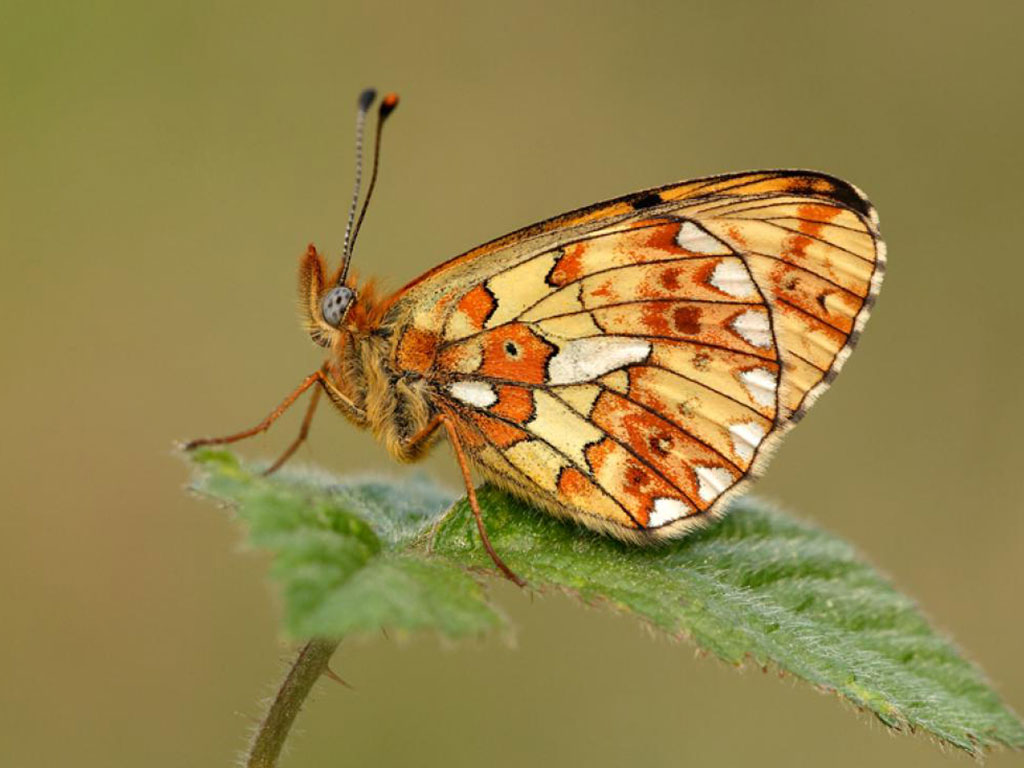Natural England has today launched a new “super” National Nature Reserve across the Mendip Hills which marks the second in the new King’s Series of National Nature Reserves committed to enhancing biodiversity and Nature recovery.
It brings together the existing Ebbor Gorge and Rodney Stoke National Nature Reserves, along with 29 nature-rich sites, including Butterfly Conservation reserves, Stoke Camp and Westbury Beacon.
Joining up 1,413 ha of land managed for nature conservation, the NNR links ecologically important sites along the popular walking route of the Mendip Way. More than 400 hectares will be land that has not previously been managed primarily for conservation.
The new, larger, “super”, National Nature Reserve, will see nine organisations working together in partnership to improve collaboration and joined-up management for wildlife. This partnership will be at the heart of nature recovery in the Mendip Hills. It will enable land managers to work together to maximise the benefits for nature, science, and people, improving access and creating more opportunities to connect with the natural world.
Butterfly Conservation, along with Natural England, Mendip Hills AONB, the National Trust, Longleat/Cheddar Gorge Caves, Somerset and Avon Wildlife Trusts, the Woodland Trust and the South West Heritage Trust, are working in partnership to manage the NNR with a shared objective for nature recovery.
The site is the second in the new King’s Series of National Nature Reserves. The Series will see the creation of five major National Nature Reserve declarations every year for the next five years - 25 in total.
Tony Juniper, Chair of Natural England, said: “Today’s declaration of the new Mendip National Nature Reserve is a huge step for Nature recovery, not just in Somerset but the country as a whole. This treasure trove of ancient woodlands, rich wildflower grasslands and stunning geology has national importance due to its habitats and sustains a huge variety of wildlife from birds to small mammals and from rare butterflies to plants found only here.
“Creating this new National Nature Reserve will be a step along the road of enhancing the biodiversity of the Mendip Hills making it a bigger, better and more joined up place for wildlife to thrive. It also means this area is recognised for its importance to Nature and people, where the local community has so many opportunities to connect with Nature, history and the local heritage.”
Dr Dan Hoare, Director of Conservation at Butterfly Conservation, said: “With the majority of the UK’s butterfly and moth species in decline, and climate change and biodiversity loss threatening to push them closer to the brink, now is the time to come together and tackle these challenges at a landscape scale. Increasing the protection for our most precious sites, and ensuring we work together to make them bigger, better and more joined up, is crucial to recover species and restore the habitats they depend on.”
The landscape of the Mendip NNR encompasses diverse wildlife-rich and geological features with areas of priority habitat including species-rich calcareous grassland and ancient woodland combes alongside significant gorges, dry valleys and cave systems carved by ancient glacial meltwaters into the underlying Carboniferous Limestone.
Special species that make their home in the Mendips include Small Pearl-bordered Fritillary, horseshoe bats, Adder, Skylark, Water Vole, Hazel Dormouse, Black Oil Beetle and calcareous grassland assemblage, including endemic plants such as Cheddar Pink and the nationally rare Little Robin and Purple Gromwell. The nationally endangered Lesser and Greater Horseshoe Bats are both found within the Mendip NNR, the cave and mine systems in the area providing an ideal habitat.
The Mendip Hills is enjoyed by local people, as well as visitors from local towns and cities and further afield. The area is a wildlife and outdoor pursuits destination well provided with 440km of Public Rights of Way, giving people access to the landscape and a chance to connect with Nature. The new NNR partnership will be promoting responsible access and active enjoyment of the sites. The Mendip Way long-distance walking trail links many of the sites within the Mendip NNR and will also meet the King Charles III Coast Path near Brean Down.
National Nature Reserve status is given to the very best nature conservation sites in England and is recognition that the land is nationally important and will be managed in perpetuity for its wildlife and geology. Many National Nature Reserves are managed – like the Mendip National Nature Reserve - by multiple parties also known as Approved Bodies who are committed to working together towards a shared future vision for the Nature Reserve.
Read more about the power of National Nature Reserves in this blog by Tony Juniper.

